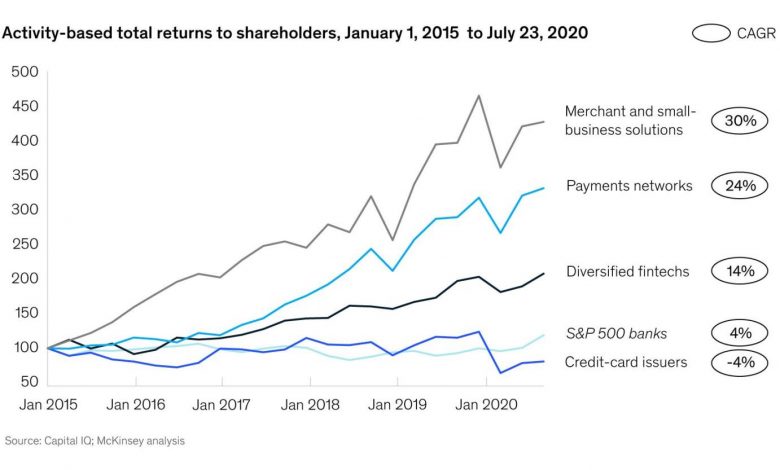Exploring the Key Components of a Secure Card Payment Infrastructure

Exploring the Key Components of a Secure Card Payment Infrastructure
Introduction
In today’s digital era, card payments have become the primary mode of transaction for businesses around the globe. However, with the rise in cyber threats and data breaches, it has become crucial for businesses to establish a secure card payment infrastructure to protect customer data and maintain their trust. In this blog post, we will delve into the key components that make up a robust and secure card payment infrastructure.
Key Components of a Secure Card Payment Infrastructure
1. Payment Gateway
The payment gateway is a crucial component of a secure card payment infrastructure. It acts as a secure bridge between the merchant’s website and the payment processor. When a customer initiates a transaction, the payment gateway securely collects and encrypts the card data before transmitting it to the payment processor. It ensures that sensitive data remains protected during the journey.
2. Point of Sale (POS) System
A Point of Sale (POS) system is essential for businesses that accept card payments in physical locations. A secure POS system incorporates encryption and tokenization techniques to safeguard cardholder data during the payment process. It ensures that data is securely transmitted and stored, minimizing the risk of data breaches.
3. Data Encryption
Data encryption is a fundamental aspect of a secure card payment infrastructure. It involves converting sensitive information into an unreadable format, which can only be deciphered with the use of an encryption key. Encryption ensures that even if data is intercepted or accessed by unauthorized individuals, it remains meaningless and unusable.
4. Tokenization
Tokenization is another vital component of a secure card payment infrastructure. It replaces cardholder data with a unique identifier or “token” during the payment process. This token is meaningless to hackers and provides an added layer of protection against data breaches. Even if a token were to be intercepted, it cannot be related back to the original card data.
Frequently Asked Questions (FAQs)
Q1. How does a payment gateway ensure the security of cardholder data?
A1. A payment gateway ensures the security of cardholder data through various security measures such as SSL (Secure Sockets Layer) encryption, tokenization, and adherence to Payment Card Industry Data Security Standards (PCI DSS). These measures protect data during transmission, storage, and processing.
Q2. What is the role of data encryption in secure card payment infrastructure?
A2. Data encryption encodes sensitive information, making it unreadable without the corresponding decryption key. It safeguards cardholder data from unauthorized access and ensures that even if intercepted, the information remains protected.
Q3. How does tokenization contribute to securing card payment transactions?
A3. Tokenization replaces cardholder data with a unique token during the payment process. This token is meaningless to hackers, ensuring that even if intercepted, it cannot be linked back to the original payment card data. Tokenization adds an extra layer of protection against data breaches.
Conclusion
In the digital age, securing card payment transactions is of utmost importance. By implementing a robust card payment infrastructure comprising a secure payment gateway, POS system, data encryption, and tokenization, businesses can protect their customers’ sensitive data and build trust. Embracing these key components is an essential step towards safeguarding your business and ensuring the security of card payment transactions.



